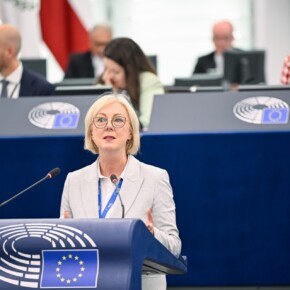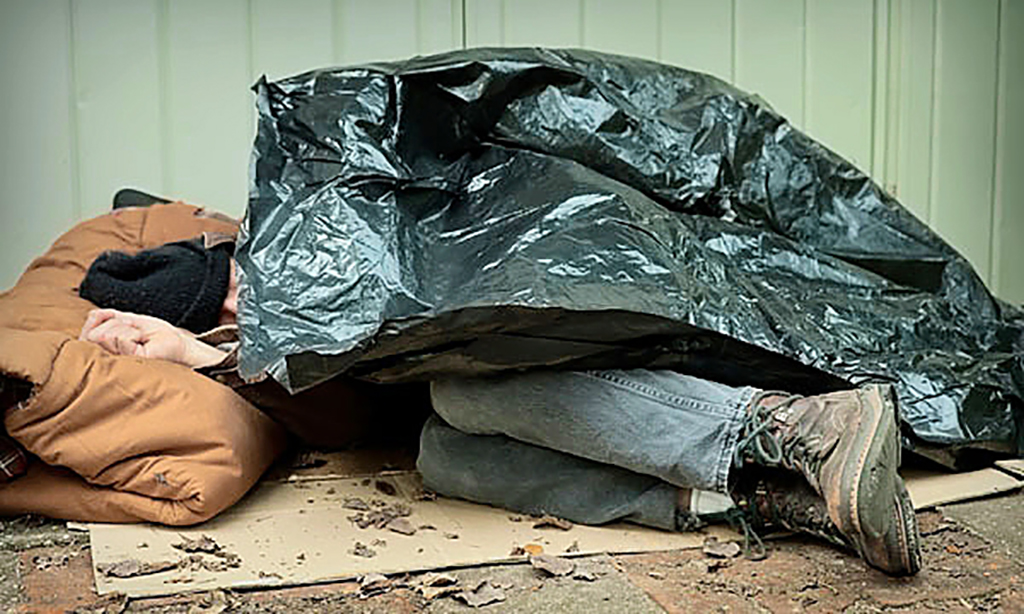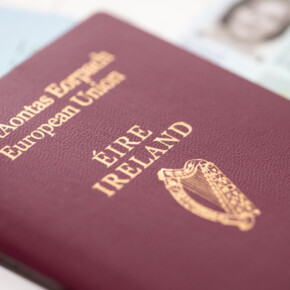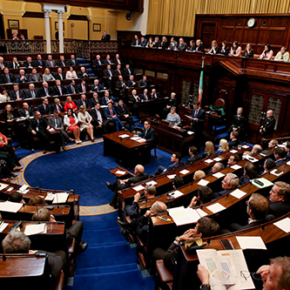Appeal for familes of forgotten war heroes
Dublin People 29 Oct 2011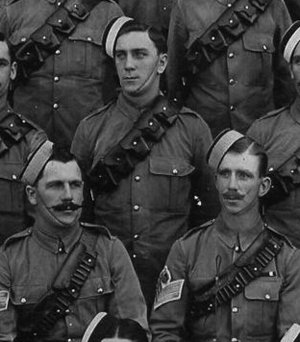
DO YOU know the man in the centre of this photo on the left? He’s Thomas Rapple, originally comes from Phibsboro and he’s a war hero.
Glasnevin Trust is looking for his relatives, and
those of over 200 other servicemen and women, to invite them to a special
Armistice Day comemeroration and re-dedication of war memorials at Glasnevin
Cemetery on November 11.
The ceremony is to commenorate the dedication of the
forgotten 208 Irish heroes, who were part of the Commonwealth forces in World
War I and World War II.
They were indentified following a special project
started two years ago by Glasnevin Trust and the Commonwealth War Graves
Commission (CWGC).
The project has managed to indentify the records of
the 208 and aims to give them all fitting headstones as a tribute to their war
efforts fighting for the Allies.
To date 85 headstones have been errected, 39 since
last year’s commemoration whose burial and military records have now been
revealed for the first time.
The Trust is appealing to all families of the 208
servicemen and women to attend the remembrance ceremonies on Armistice Day.
In addition, the graves and burial details of a
further 104 servicemen and women have also been identified. Unlike the
servicemen and women honoured with gravestones last year, these graves were
bought by the families of the deceased at the time of their burial.
The CWGC, whose mission is to formally commemorate the
graves of all deceased servicemen and women, is seeking the approval of the
families to commemorate the graves in honour of their roles in the two world
wars.
Speaking at the launch of the appeal to identify the
relatives Chairman of Glasnevin Trust, John Green, said:
“We would urge
families that can attend this special commemoration to do so.
“If you are unsure about your family’s links to these
noble men and women then please contact our historian, Shane MacThomais, or use
our online genealogical search facility which contains full burial records by
logging on to www.glasnevin trust.ie/genealogy.
?
Ecumenical and military ceremonies will take place at
the O’Connell Tower in Glasnevin Cemetery at 3pm on Thursday November 11.
The centrepiece of the commemoration will be the
rededication of two war memorials, which have been moved from the Prospect Gate
at the back of the cemetery to a position close to the cemetery’s main entrance
on the Finglas Road.
The two memorials record the names of all 208 men and
women who died and are buried in Glasnevin as a result of either World War I or
World War II.
Though 208 are buried, the memorials record 217 names
for two main reasons. Some signed up while still under age and some used an
alias to protect their true identity as, at the time, not all families or
elements of Irish society approved of serving in the Commonwealth forces.
The ceremonies will be attended by, among other dignitaries,
the British Ambassador to Ireland, His Excellency Julian King, who will lay a
wreath and erect a plaque at the new location of the war memorials.
A full list of the 208 deceased servicemen and women
is on the Glasnevin Trust website (www.glasnevintrust.ie) including the
detailed burial and military records of the 104 servicemen and women buried in
family graves that are next in line to be formally marked by the Commonwealth
War Graves Commission.
Local hero
PRIVATE Thomas Rapple
of 13th Hussars died on October 23, 1918 aged just 31.
He was the husband of E
O’Toole of 15 Avondale Avenue, Phibsborough.
Thomas was born in
Dublin in 1887 and lived with his family in a tenement in Church Street.
By the time he was 19
both his parents were dead. His father John had died in 1891 and his mother Bridget
died in 1907. Both are buried in Glasnevin.
He enlisted in the 11th
Hussars on the October 10, 1906. He was sent to India for service with the 13th
Hussars in 1907 as part of the 7th (Meerut) Indian Cavalry Brigade.
While there he was
admitted to hospital numerous times for different reasons including being
kicked by a horse and having a horse fall on him.
When the First World
War began Thomas, along with his regiment, were sent to France where they
arrived in Marseilles in November 1914.
In July 1915 he began
having problems with his chest and was having what he described as
“bad colds
?.
By February 1916 it was clear that he had contracted TB and he was sent home
for discharge.
He succumbed to
tuberculosis on the October 23 1918 and was buried in Glasnevin.


